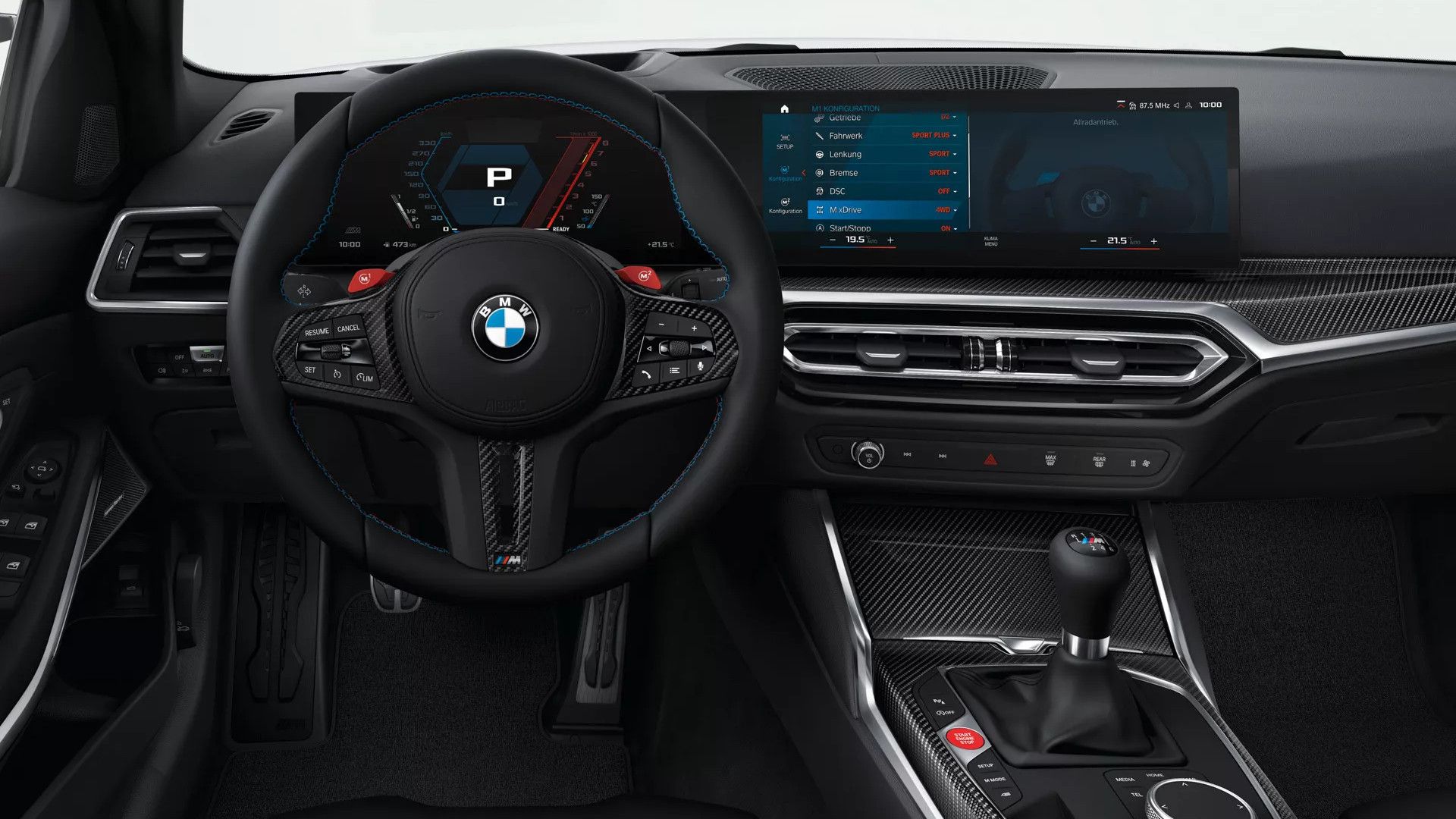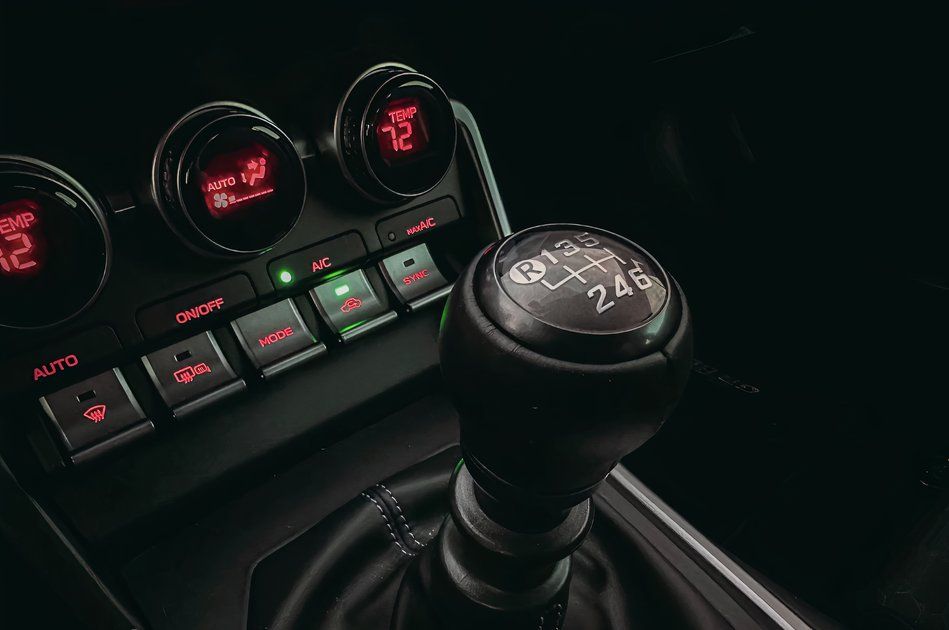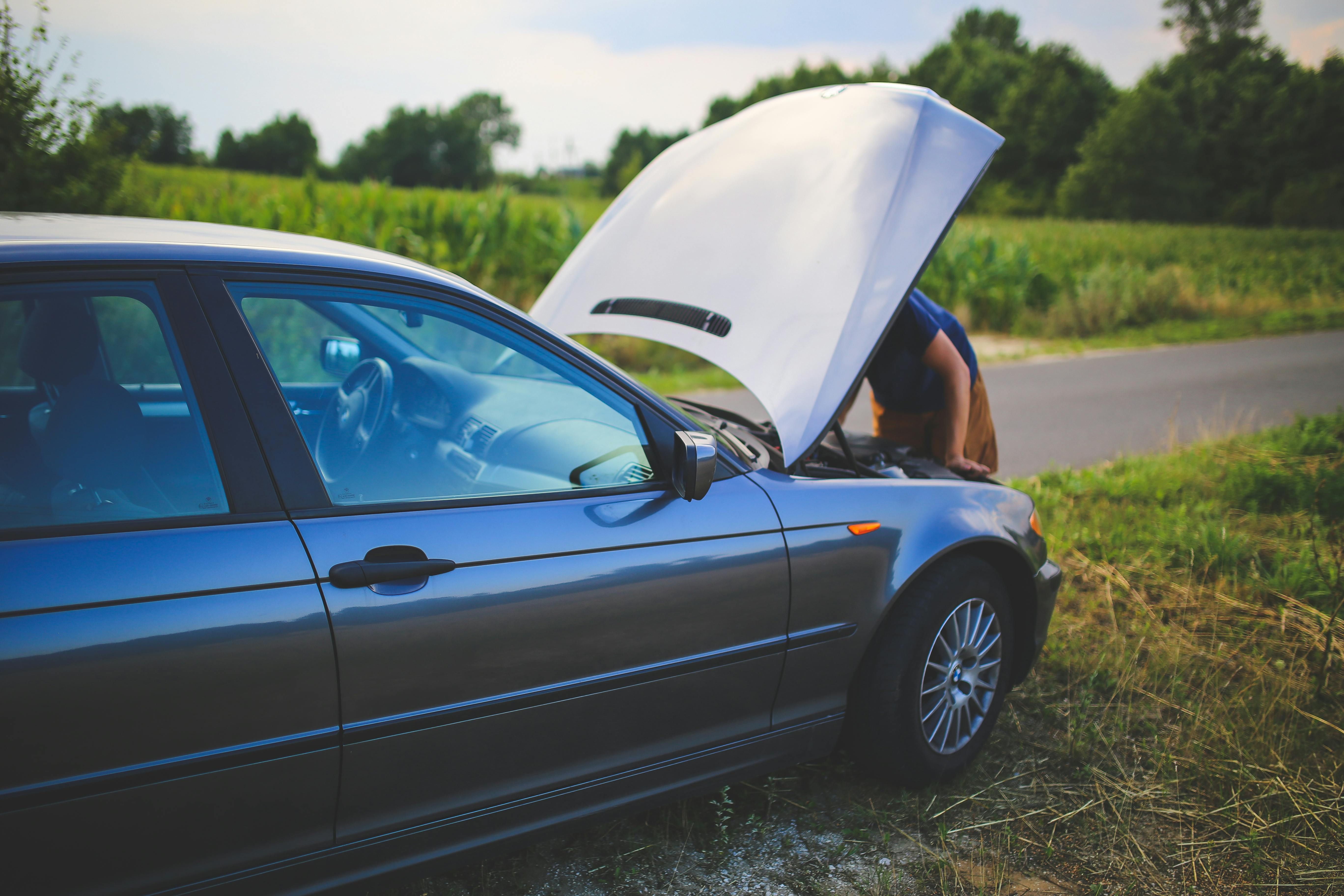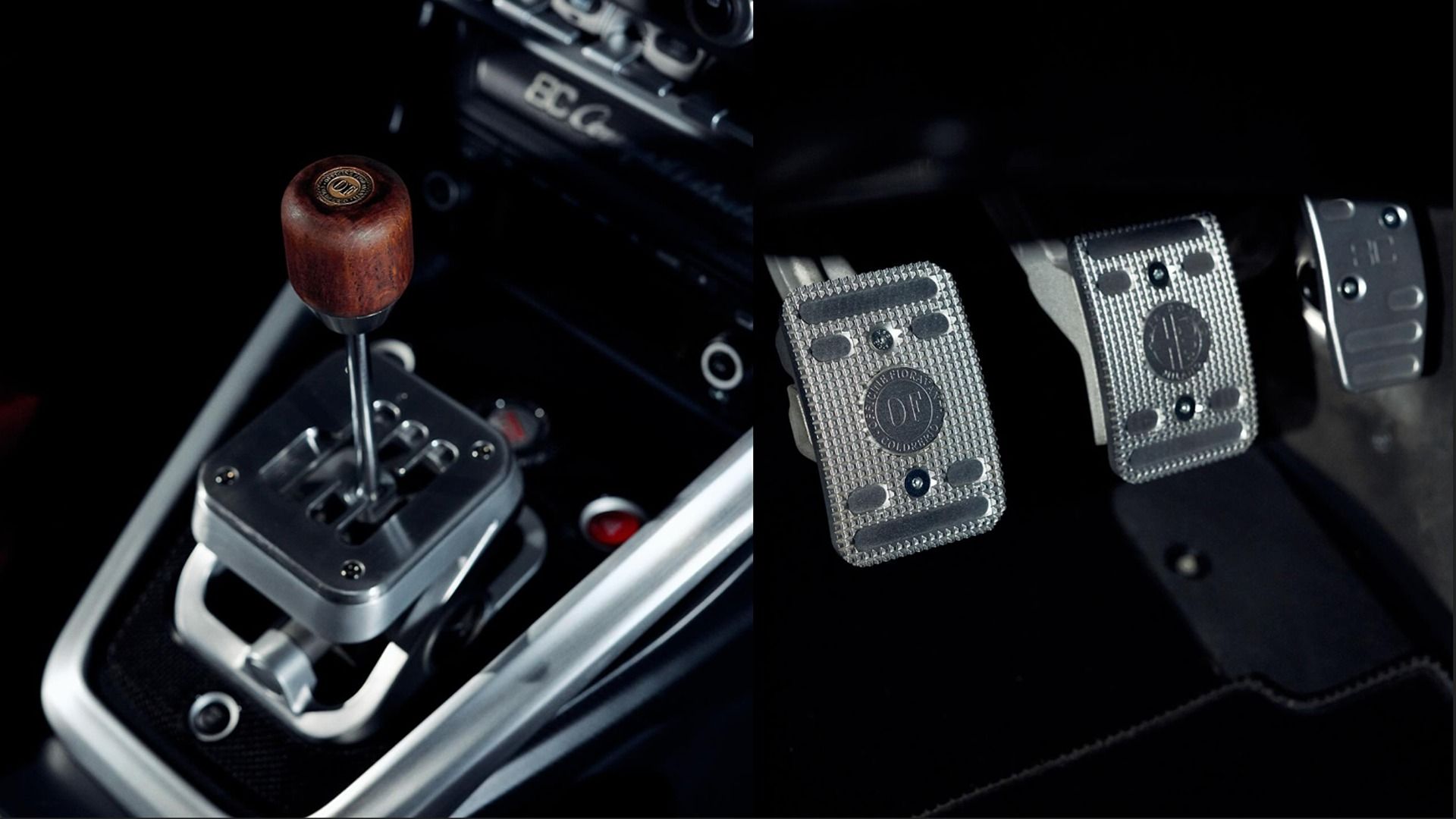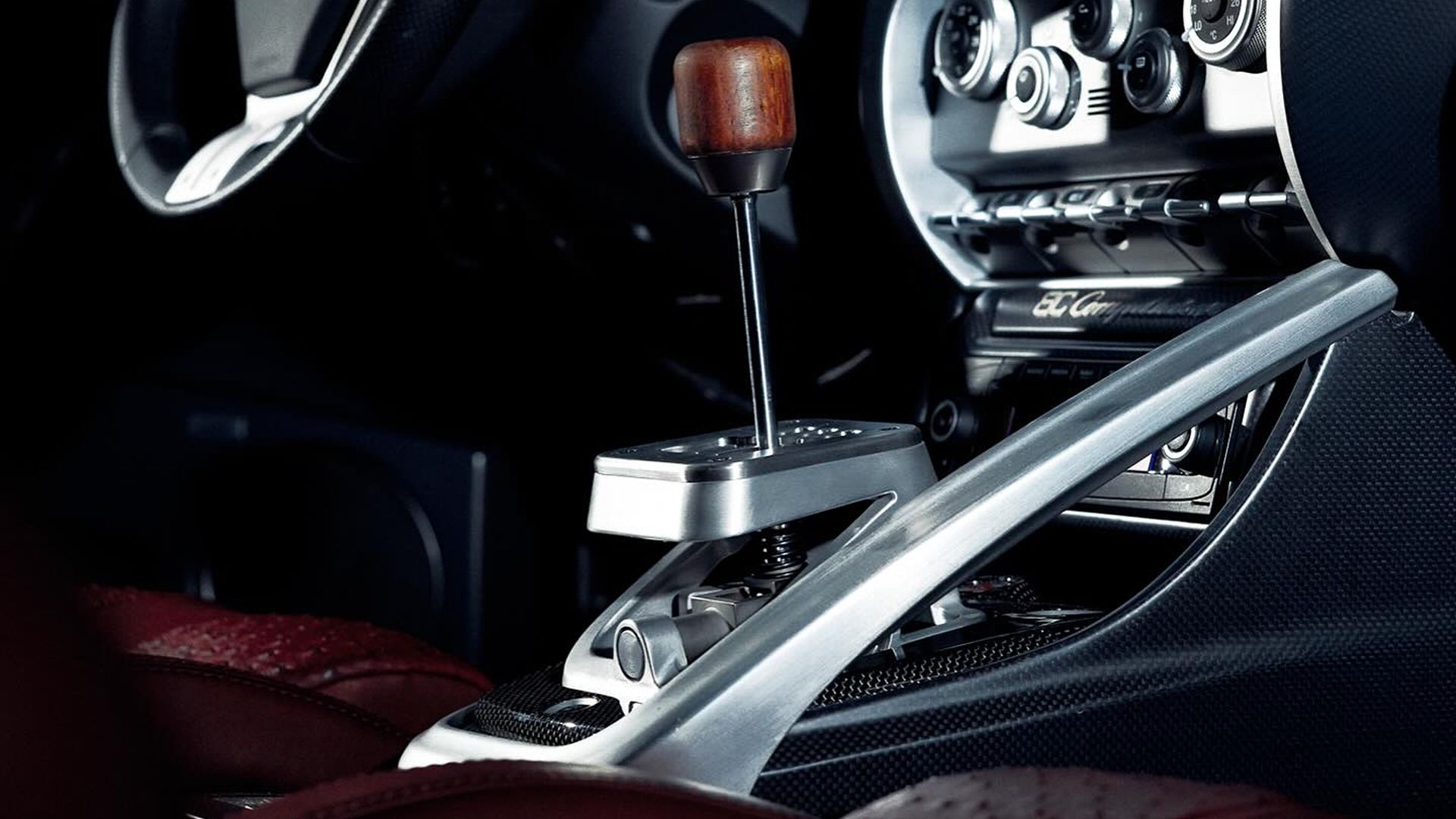
Why Money Shifting Is The Worst Thing You Never Want To Experience
Money shifting is back in the news thanks to a $42,000 repair bill on an all-new Toyota GR Corolla. Now, if you’re an enthusiast with technical knowledge, you’ll understand exactly what happened to the poor hot hatch, but there is a younger generation out there who needs a bit more information. A money-shift can be summed up in simple terms. It’s a shift gone wrong, and it will cost a lot of money to fix. That’s where the term originates from. Even though a money shift sounds like it could be a gear change that makes all the difference between a new record run and just another lap of the track, it actually refers to the expensive consequences of butchering a shift badly enough to damage your engine’s internals.
This article discusses money-shifting’s impact on engine performance and longevity, identifies its common causes, shares techniques to prevent it, and explores the role of driver error in such incidents.
What Is Money Shifting?
- It only affects manual gearboxes.
- It happens when the driver accidentally puts the car in the wrong gear.
- Results in engine over-revving.
Money shifting applies only to automobiles with a manual transmission, which puts the driver entirely in control of gear selection. Basically, it’s when a driver intended to shift into fourth but found second instead. If the driver was going for fourth, they were already way beyond the limits of what second gear can cope with, leading to overrevving the engine. The sudden spike in RPMs can destroy valve train components, break timing chains or belts, and even lead to complete engine failure.

Add CarBuzz to your Google News feed.
How Does Moneyshifting Occur?
The primary causes of money shifting are most often related to driver error. The most common mistakes include:
- Unfamiliarity with the shift pattern.
- A lapse in concentration.
- A driver hasn’t been behind the wheel of a manual car in quite some time.
- High-performance driving or competitive scenarios increase the likelihood of making this costly mistake.
- Mechanical issues, such as worn shifter linkages.
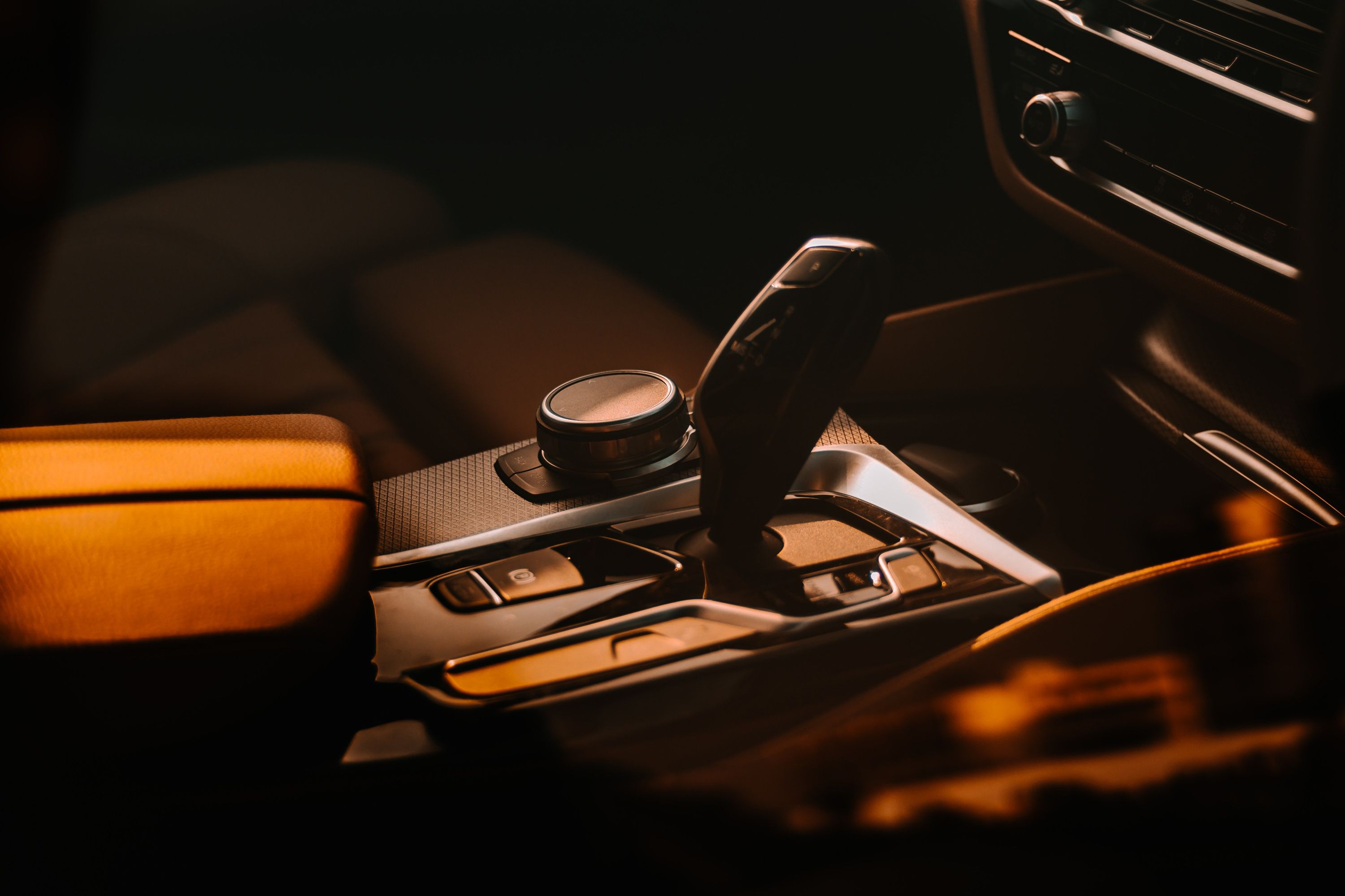
Related
CarBuzz Guide To Different Types Of Car Transmissions
How they differ, how they work, and which one is the best
It’s important to remember that these were homologation cars, and the dogleg pattern is perfect for racing. First gear is almost never required, but you do shift a lot between second and third, which is much easier if it’s just a quick, straight throw. Thankfully, dogleg transmissions are extremely rare.
The two most common causes are a lapse in concentration and basically just screwing up at the track. The former is pretty self-explanatory, but let’s paint a picture for the second. You just received your brand-new BMW M2, and you’re taking it to the track. While there, you try and shift too quickly, and end up going from fourth to third on a long straight. That’s a money shift. It can also happen while trying to shift through a corner, which you should never do anyway. But the g-forces push your arm just a little to the left and boom, you’re in second instead of third.
It can also happen if you haven’t driven your track car for a while, going for a full-out lap without getting properly reacquainted first.
Or, the car you’re driving might have worn gear linkages or a stretched cable, making it difficult to judge what gear you’re going for.
What Happens To Your Engine When You Money Shift?
When a money shift occurs, the consequences can be severe and costly. The most immediate consequence is damage to the vehicle’s transmission. The transmission is designed to handle a specific range of RPMs (revolutions per minute), and when a money shift happens, the RPMs exceed this range, causing stress and strain on the transmission components. Here are some potential issues that can arise when money shifting occurs:
- Excessive Engine Revving: Money shifting can cause the engine to rev beyond its safe limits due to the abrupt engagement of gears. This sudden increase in RPM (revolutions per minute) can stress the engine components, potentially leading to mechanical failure.
- Transmission Damage: The transmission bears the brunt of the effects of money shifting. The abrupt gear engagement can result in shock loading on the transmission gears, synchronizers, and other components, causing premature wear and potential damage to the gearbox.
- Clutch Wear: Improper gear shifting without disengaging the clutch can quickly wear out the clutch mechanism. The clutch is designed to smoothly engage and disengage the engine from the transmission during gear changes. Money shifting puts undue stress on the clutch, leading to accelerated wear and potential failure.
- Drivetrain Strain: Money shifting can also affect the drivetrain, which includes components like the driveshaft, differential, and axles. The sudden jolt from improper gear changes can place strain on these components, potentially causing damage.
- Reduced Engine Longevity: Consistently money shifting can significantly reduce the overall longevity of the engine. The repeated stress on engine components, such as pistons, valves, and bearings, can lead to premature wear and potentially catastrophic failure over time.
- Spun bearings: If the engine bearing fails due to repeated shifting errors, the result will be a destroyed engine, leading to a complete engine overhaul.
- Bent Valves/Valve Kiss: The valves may collide with the pistons, bending or breaking them.
- Blown Valvetrain: Rocker arms, push rods, and even timing belts can snap or break on an engine that is overworked.
- Rod through the block: In the worst cases, a rod can break and punch right through the engine block. This is known as throwing a rod.
It is worth noting that not all money shifts are catastrophic. The extent of damage depends on various factors:
- Vehicle Speed: Higher speeds typically result in more severe damage.
- Gear Choice: Downshifting to fifth instead of second is much harder on your engine than downshifting from third to second.
- Quick Reaction: How rapidly the driver disengages the clutch can mitigate the damage
Can You Get Away With A Money Shift?
You can’t always save the powertrain, but if you react quickly enough, you can mitigate the damage. You’ll know immediately when a money shift has occurred; as soon as you feel the car lurching, push back on the clutch and disengage the engine from the driven wheels and gearbox. This minimizes the amount of overrevving the car is subjected to.
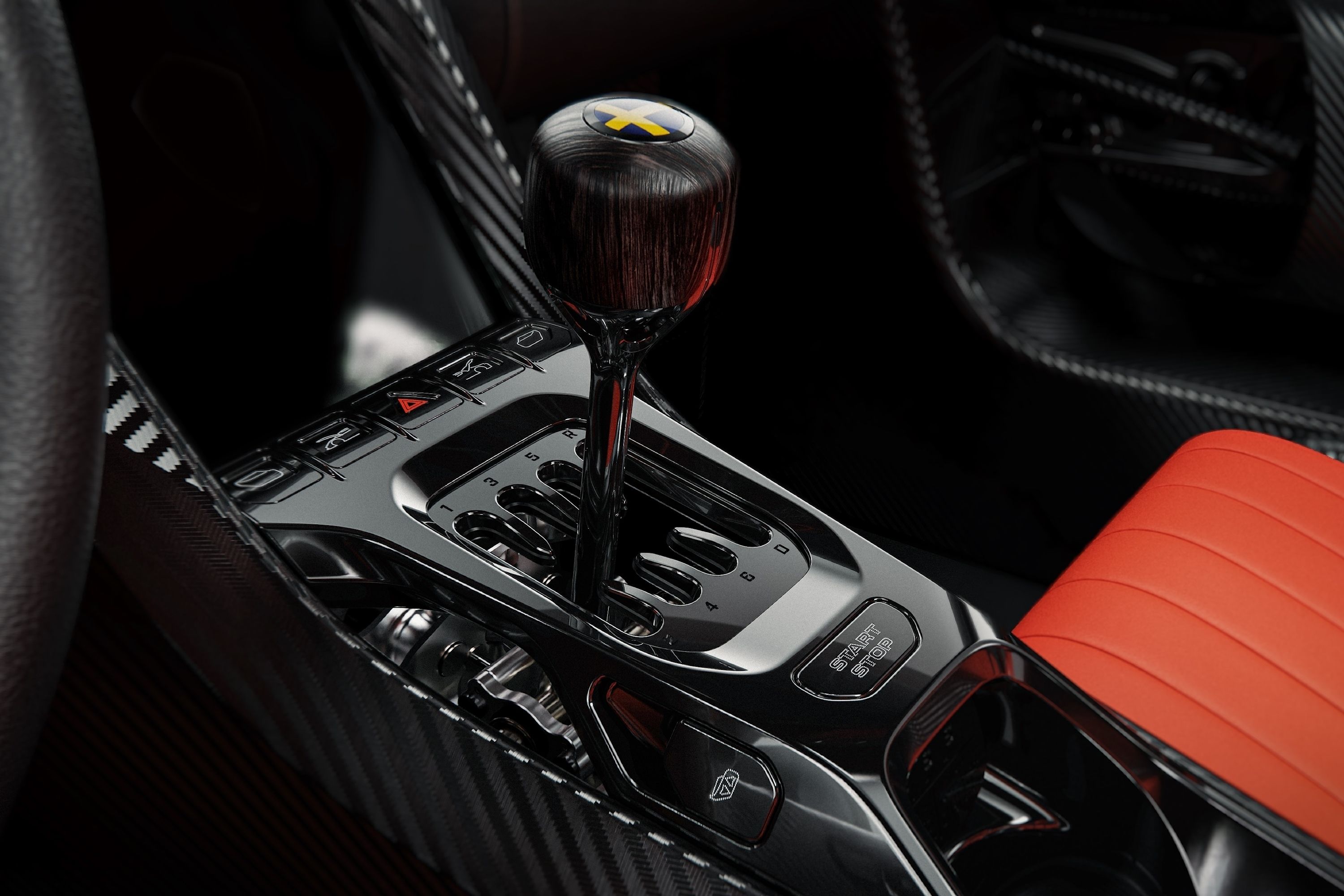
Related
How The Manual Transmission Has Evolved
From belt drive to the Koenigsegg Engage Shift System.
After bringing the car to a halt, you can see how much damage you’ve done. Even if it operates as you expect, we recommend taking it in to a professional for a look. As mentioned earlier, many powertrain components can get damaged during a money shift, and you’ll need to take a closer look at all of them.
How Much Money Does A Money Shift Cost?
The cost of the repairs if you blow an engine from a money shift can vary, and in some instances, the cost can equal the total value of the car. Additionally, the cost may be on you entirely if the manufacturer does not cover the incident under their warranty. Warranties generally only cover vehicle defects and not driver errors, which are easily detected using the car’s ECU and onboard storage. The extent of the damage caused by a money shift will determine if it can be fixed and how much it will cost. In some cases, minor damage can be repaired by replacing specific components, such as bent valves or damaged pistons. However, if the engine block is cracked or the damage is extensive, a full engine replacement may be necessary.
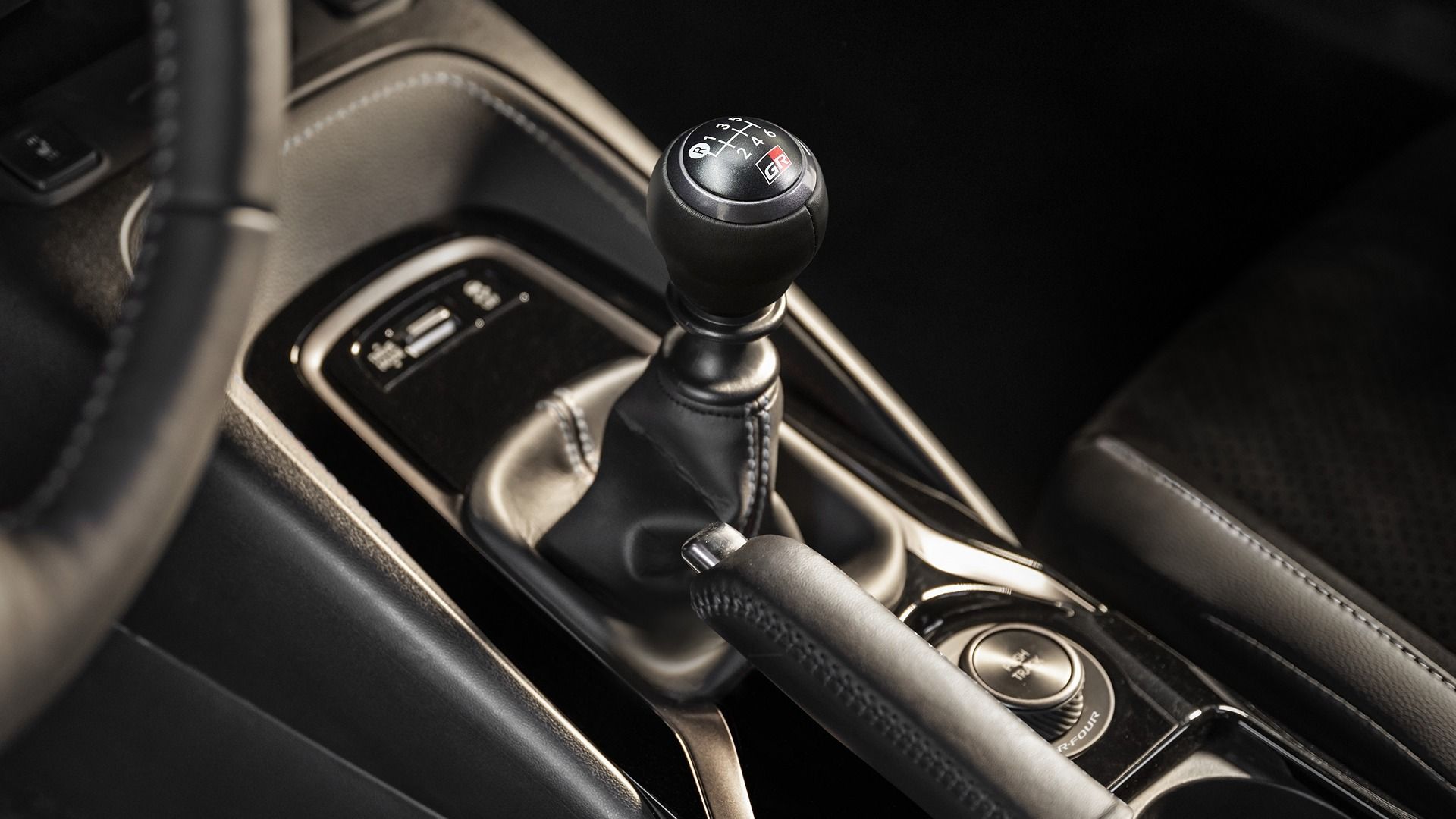
Related
UPDATE: Owner Facing $42,000 Repair Bill After Money-Shifting New GR Corolla
The GR Corolla had around 500 miles on the odometer, making this catastrophe all the more painful.
Preventing Money Shifting
Preventing money shifting starts with comprehensive driver education and awareness. Familiarity with the vehicle’s specific shift pattern is crucial. Additionally, regular maintenance of the transmission system is another essential step.
Other ways you can prevent moneyshifting are:
- Practice Smooth Shifting Techniques – One of the best ways to prevent money shifting is to practice smooth, deliberate shifting. Make each gear change deliberate and precise, even during high-stress driving.
- Familiarize Yourself with Your Gearbox – Invest some time in getting a feel for your vehicle’s gearbox: how spaced are the gear gates, and what is the feel of each ‘gate’? Practice shifting on flat ground in a variety of scenarios – hill starts, heavy loads, cold starts, and so on – develop your muscle memory.
- Take Your Time – Last but not least, taking your time is so important. You might be tempted to bang your gears to set faster lap times, but taking a tenth of a second longer to make a good shift is cheaper than an engine rebuild.
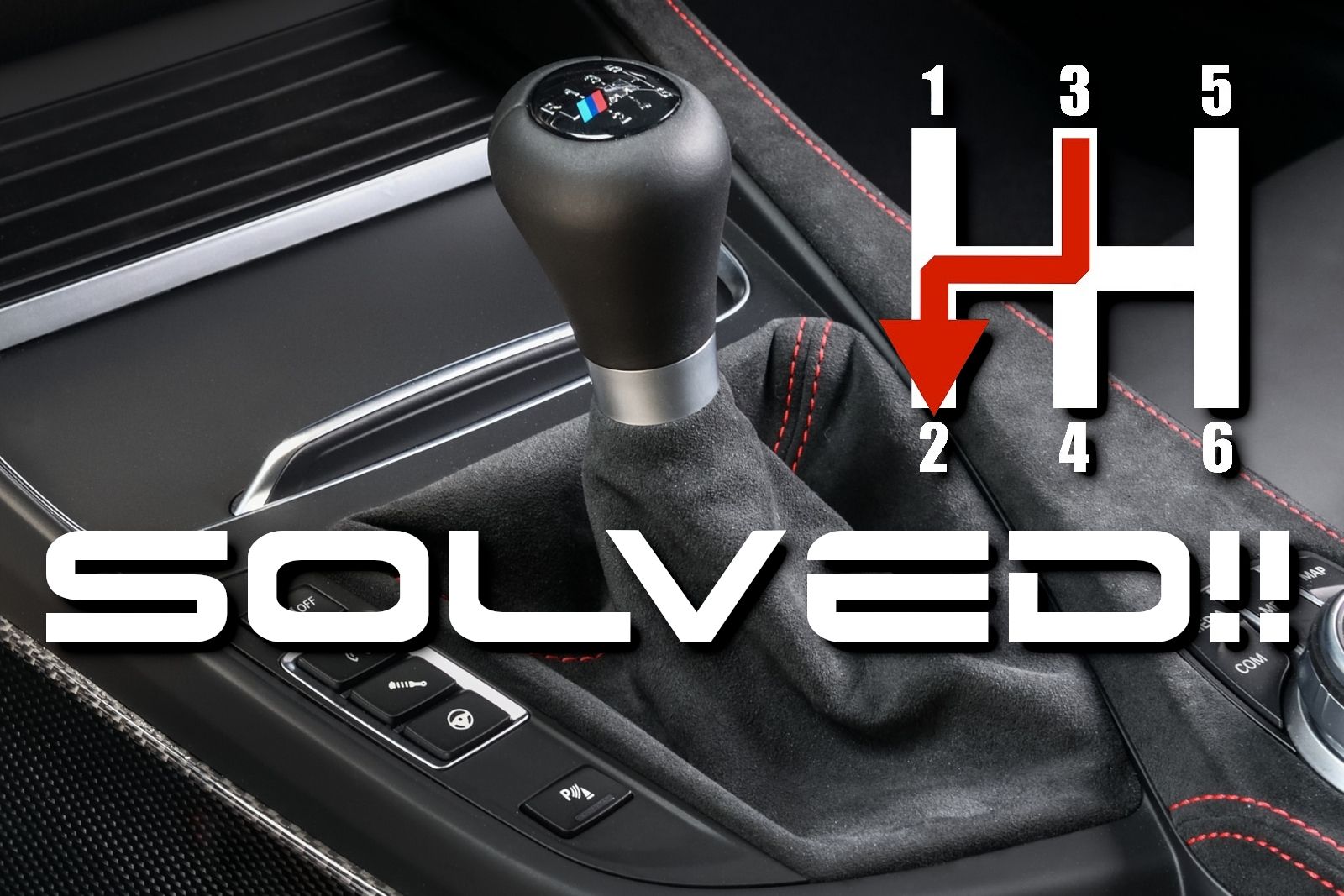
Related
BMW Invents Manual Gearbox That Makes Money Shifting A Problem Of The Past
Shifting from 3rd to 2nd instead of 4th? Not a problem anymore.
BMW Wants To Make Money Shifts A Thing of The Past
Other remedies are also in development, but with manual transmission numbers dwindling, these are not being pushed along with the usual energy applied to other technologies. Some companies and customers are doing their part to save the manual, however. For instance, the manual gearbox is being developed to incorporate safety and efficiency improvements, like BMW’s intelligent system, which aims to prevent ‘money shifting’ collisions by intelligently limiting the gear selection open to the driver depending on engine speed and conditions.

Related
BMW Invents Manual Gearbox That Makes Money Shifting A Problem Of The Past
Shifting from 3rd to 2nd instead of 4th? Not a problem anymore.
This helps avoid heavy gear shock, which may also lead to mechanical damage. Money shifting exists because manual transmission requires asymmetric, quick motions and may result in damage to the transmission. This new BMW safety technology prevents the system from allowing ill-considered downshifts into high revolutions, helping to reduce crashes by making manual driving safer and more user-friendly, ultimately aiding our enjoyment and making the manual experience more enjoyable by reducing the worries of stalling or damaging the car.

